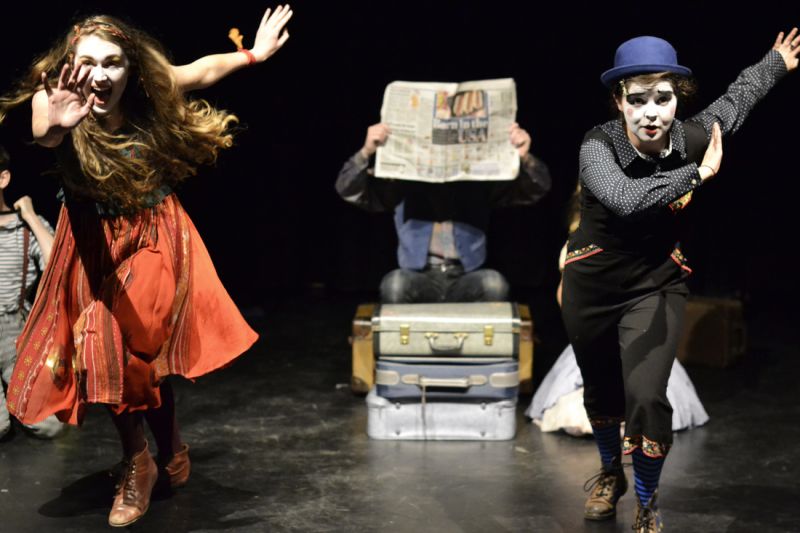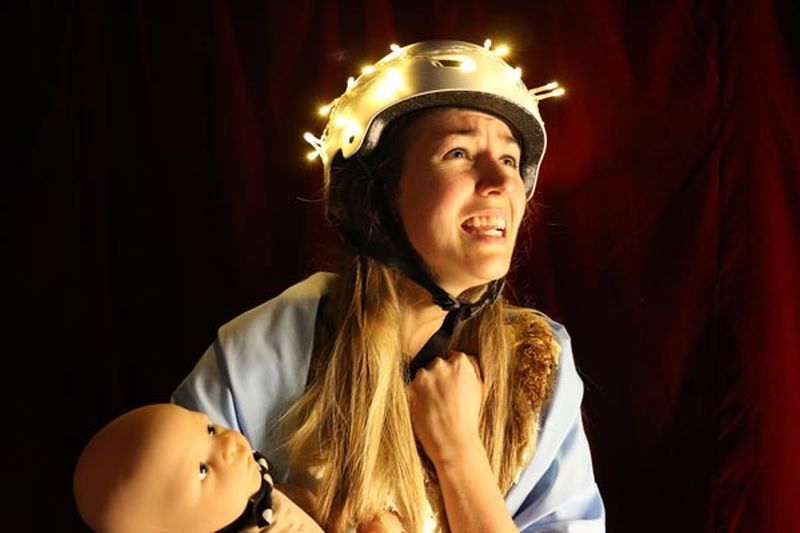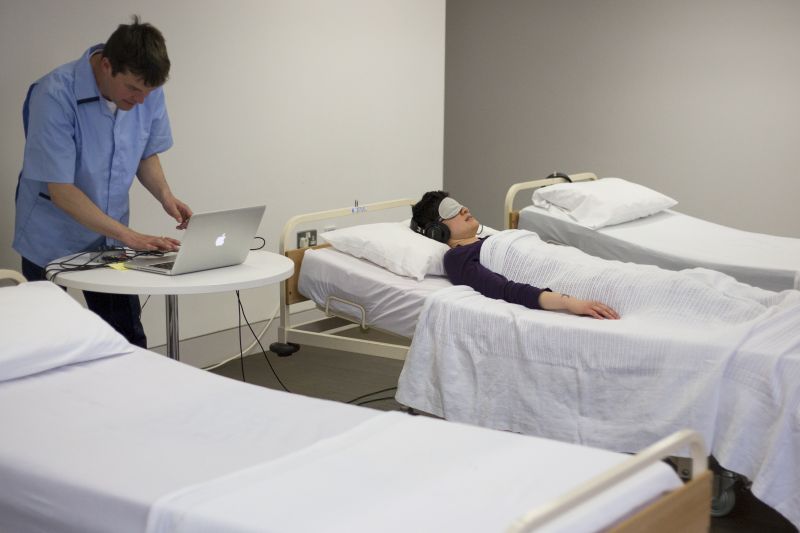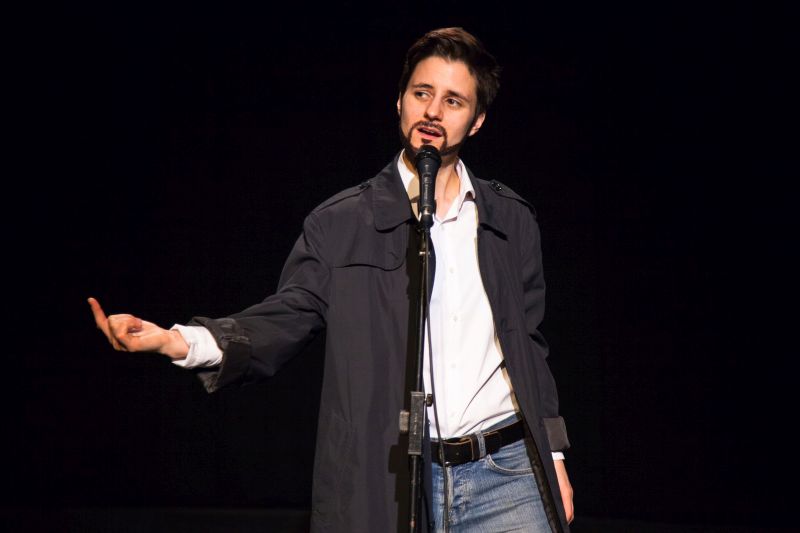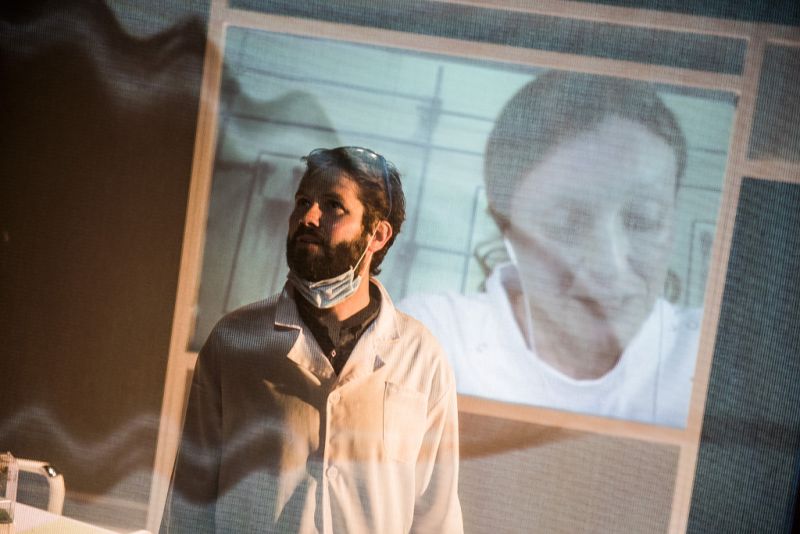 The Lamellar Project have saved the world. Their genetic reconstructions of species subject to mysterious and ecologically catastrophic mass extinctions have rejuvenated failing food webs. Who’s to begrudge them the odd tweak here and there – to improve nature’s pattern where such improvements can now be identified? Yet of course, with modification comes commodification: ownership. And if you own nature then you haven’t just saved the world – you’ve taken control of it.
The Lamellar Project have saved the world. Their genetic reconstructions of species subject to mysterious and ecologically catastrophic mass extinctions have rejuvenated failing food webs. Who’s to begrudge them the odd tweak here and there – to improve nature’s pattern where such improvements can now be identified? Yet of course, with modification comes commodification: ownership. And if you own nature then you haven’t just saved the world – you’ve taken control of it.
As science (fiction) this feels all-too-plausible: an account of the weaponisation of the genetics industry just a babystep from our contemporary experience. As theatre it feels less convincing. Played out through the deteriorating marriage of eco-activist Michael and his wife and Lamellar geneticist Carys, who performs via internet from Philadelphia and so appears on screen throughout, the conflict is deadened. The staging and storytelling is weighed down by this device – there are only so many ways you can watch a man interacting with a screen – and a glossy gauze cube, whilst brilliant for some snazzy digital projection, serves to reinforce the static nature of the dramaturgy.
The best sections are Ben Kalina’s short films, which intersect the ‘live’ scenes with poetic descriptions of the grim experiments in hybridization undertaken by the Lamellar Project. Their downstage focus and vivid, nightmarish descriptions bring Carys’s character more vividly to life than the rather wilfully un-self-knowing postures she is forced to assume throughout much of the marital drama, and the poetry in her accounts of the Caligarian creatures she has unleashed on the world is memorably disturbing, albeit unjustified by her characterisation.
There’s huge ambition and a raft of partnerships behind this project and many aspects – the design, the light, the digital work, the complexity of live streaming a performance – are realised to a high quality. Yet its technical ambition seems to have overshadowed thinking about dramatic essentials: character development, a script that varies in tone or shifts in rhythm and any sense of surprise are palpably lacking. From the moment the first scene unfolds it is clear where the story is going to end and the characters have to be written as well below any convincing intelligence for a pair of professional scientists not to see it too. It’s intriguing to see the ways live action can intersect with digital work in this way and the world it attempts to bring to life is nastily believable, but to make it interesting theatre the stagecraft needs such careful working too.


